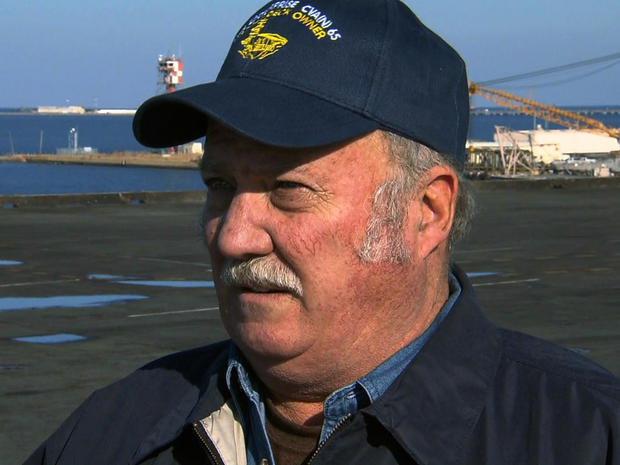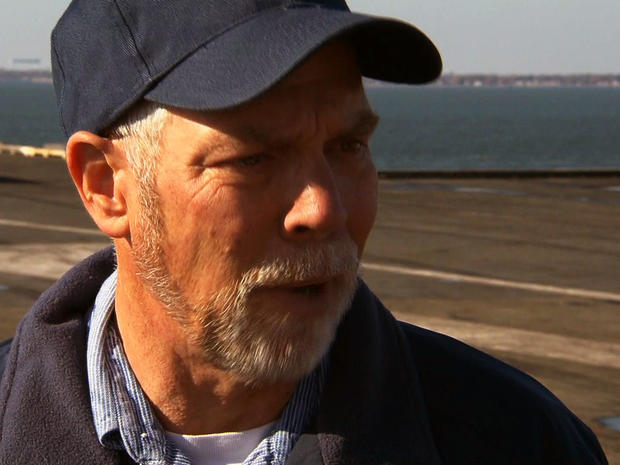Tragedy remembered as USS Enterprise is retired
(CBS News) NORFOLK, Va. -- On Saturday, a legendary naval veteran will retire after a half-century of service. The USS Enterprise was the world's first nuclear-powered aircraft carrier and traveled the world in war and in peace.
In five decades as one of the most powerful warships on the sea, the USS Enterprise's moment of greatest peril came one morning in 1969 during a final battle drill before heading to Vietnam.
Michael Carlin was a 21-year-old sailor getting a deck full of F-4 Phantom fighters ready to launch.
"On each F-4 Phantom, there were eight five-inch rockets and six 500-pound bombs," says Carlin, the author of TRIAL: Ordeal of the USS Enterprise 14 January, 1969.
The exhaust from a service vehicle overheated the fuse on one of those rockets, touching off what one sailor called "the vortex of hell" -- and all of it was recorded in silent horror by a deck camera.
"We had eight rockets go off in the first 20 seconds," Carlin says.
Shrapnel from the rockets tore across the deck, mowing down sailors and puncturing the fuel tanks of the F-4s, each one of them loaded with nine tons of jet fuel. Then it got worse.
"Now the bombs started going off, and that was a totally different ballgame there," says Carlin.
What at the time was the largest warship in the world became a very small place.
"Stuff's getting blown all the way up on the bow," says Carlin -- a distance of about four football fields away.
The silent video did not capture the deafening concussions of bombs going off.
"Even in between detonations, it's the fire itself," says Michael Neville, who was 18 years old at the time. "It's just a sort of all-consuming roar."
Neville was trying to unload bombs and push them over the side before they went off. Then he manned a hose to fight the fire.
"We had to do what we had to do," he says. "We had to save the ship."
They did -- barely. Fifteen aircraft had been reduced to smoking hulks. Holes had been blown through the two-and-a-half-inch armor plate of the deck, sending cascades of burning jet fuel onto the decks below.
Twenty-eight crewmen died, and more than 300 were wounded.
The Enterprise returned to Pearl Harbor bearing wounds no enemy has ever been able to inflict. But after 51 days in the shipyard, it went on to Vietnam.
"Did what we had to do and just got right back in the fight," Neville says.
The great deck is empty now, the fire hoses are neatly coiled. The "Big E," as it's called, is being taken out of service, and the sailors who manned the decks have come to say a final goodbye to the ship which never gave up.



